Volcanic islands represent Earth’s most dramatic geological showcases, where molten rock from deep beneath the ocean floor builds towering peaks that eventually break the surface to create new land. These dynamic environments continue evolving today, with active craters that remind visitors of the powerful forces still shaping our planet.
From the Mediterranean’s fiery peaks to the Pacific’s ring of fire, these volcanic islands offer travelers the rare opportunity to witness active geology in motion. Here is a list of 17 volcanic islands where visitors can safely observe active craters and ongoing volcanic activity.
Stromboli

Italy’s ‘Lighthouse of the Mediterranean’ has erupted continuously for over 2,000 years, creating regular explosive displays that visitors can observe from hiking trails and boat tours around the island. The volcano produces spectacular nighttime fireworks as glowing lava bombs arc through the darkness above the crater rim.
Guided hikes to viewpoints near the summit provide safe vantage points for watching the ongoing eruptions, though access depends on current volcanic activity levels. The island’s small population of 500 residents has learned to coexist with its active neighbor, creating a unique community where volcanic eruptions are part of daily life.
Kilauea
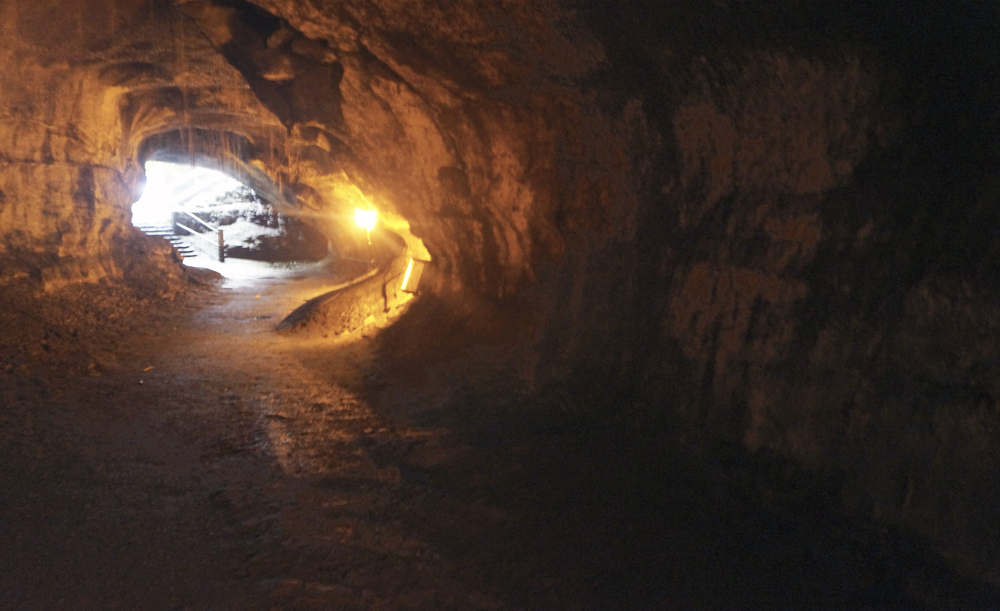
Hawaii’s most active volcano continues reshaping the Big Island’s landscape through ongoing eruptions that create new land as lava flows reach the ocean. The crater within Halema’uma’u regularly fills with molten lava lakes that glow brilliant orange against the night sky, providing spectacular viewing opportunities from designated safe areas.
Hawaii Volcanoes National Park maintains visitor facilities and viewing areas that allow guests to observe active volcanic processes while maintaining appropriate safety distances. The volcano’s relatively gentle eruption style makes it one of the most accessible active volcanic experiences in the world.
Like Travel Pug’s content? Follow us on MSN.
Mount Etna

Sicily’s towering giant stands as Europe’s most active volcano, with frequent eruptions that light up the night sky above the island’s eastern coast. The massive stratovolcano features multiple craters and vents, with the main summit crater regularly producing lava fountains and ash clouds visible from dozens of miles away.
Cable cars and guided tours provide access to areas near the active zones, though routes change frequently based on current eruption patterns and safety conditions. The fertile volcanic soils surrounding Etna support thriving wine regions where visitors can taste vintages grown in the shadow of an active volcano.
Yasur

Vanuatu’s Tanna Island features this incredibly active volcano that erupts every few minutes with strombolian explosions visible from the crater rim just 400 feet away. Visitors can drive within walking distance of the crater and observe continuous volcanic activity from designated viewing areas that provide front-row seats to ongoing eruptions.
The volcano’s regular eruption pattern—averaging one explosion every 3 to 5 minutes—creates predictable opportunities for photography and observation. Local guides provide cultural context for the volcano’s significance to indigenous communities who consider Yasur a sacred site where ancestral spirits reside.
Sakurajima
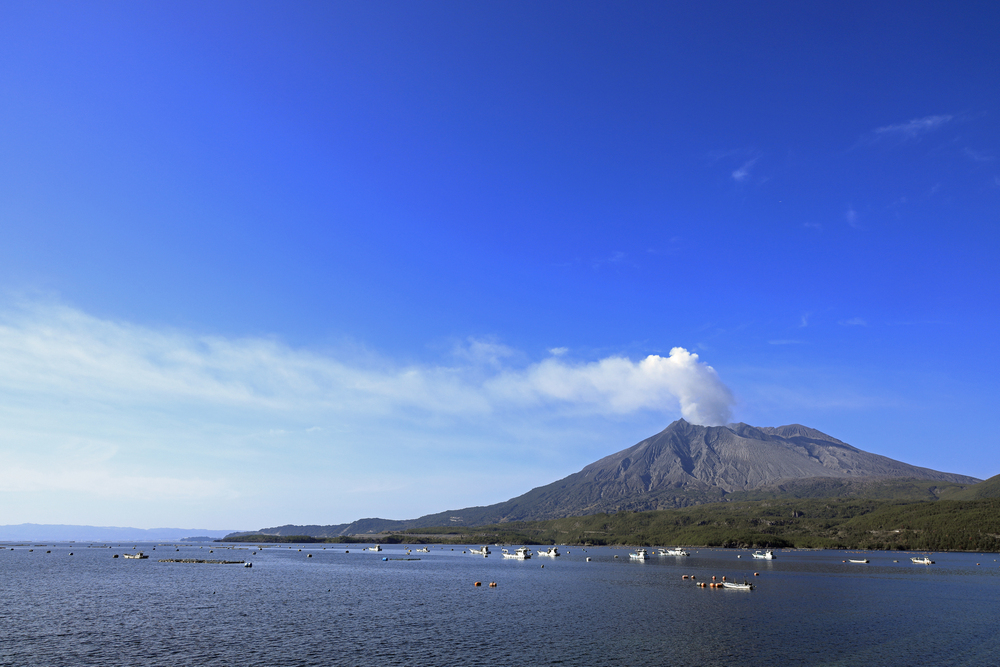
Japan’s Kagoshima Bay features this highly active volcano that produces daily eruptions visible from the nearby city of Kagoshima, where residents have adapted to regular ashfalls. The volcano generates spectacular ash plumes that often reach heights of 10,000 feet or more, creating dramatic cloud formations above the island.
Observation decks on the mainland provide safe viewing areas for watching eruptions, while boat tours offer closer perspectives of volcanic activity from the water. The volcano’s frequent eruptions have created a unique urban environment where city residents regularly sweep volcanic ash from their cars and sidewalks.
Like Travel Pug’s content? Follow us on MSN.
White Island
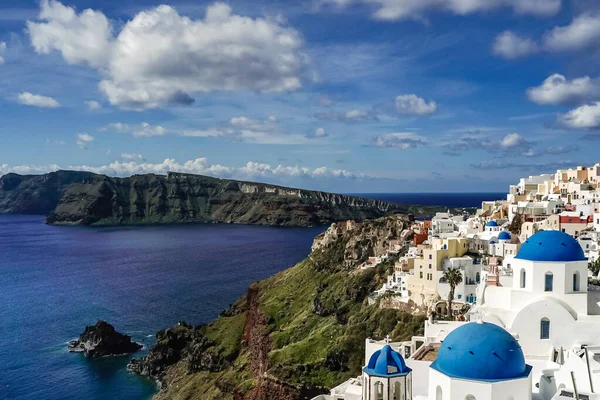
New Zealand’s Bay of Plenty contains this active marine volcano where visitors can walk directly into the crater of an actively steaming and fuming volcanic system. The island features multiple crater lakes, fumaroles, and sulfur deposits that create an alien landscape of yellow and orange mineral formations.
Helicopter and boat tours provide access to the uninhabited island, though volcanic activity levels determine whether landing and crater walks are permitted. Due to the 2019 eruption, current access may be limited or suspended depending on safety alerts. The volcano’s crater remains one of the few places on Earth where tourists can stand inside an active volcanic system and observe ongoing geothermal processes up close.
Anak Krakatau
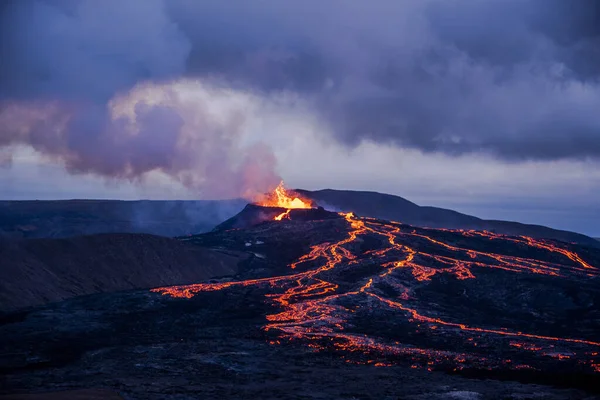
Indonesia’s ‘Child of Krakatoa’ continues growing through frequent eruptions that add new material to this volcanic island born from the famous 1883 eruption that destroyed its parent volcano. The young volcano produces regular strombolian eruptions with lava flows that extend the island’s coastline and increase its height with each active period.
Boat tours from Java and Sumatra provide safe viewing distances for observing eruptions, though landing on the island requires special permits and favorable volcanic conditions. The volcano represents an active island building in progress, allowing visitors to witness the same geological processes that created all volcanic islands.
Fagradalsfjall

Iceland’s Reykjanes Peninsula became a tourist sensation when this previously dormant volcanic system began erupting in 2021, creating easily accessible lava flows just 25 miles from Reykjavik. The eruption produces spectacular lava fountains and flowing rivers of molten rock that visitors can observe from marked hiking trails that approach within safe distances.
The relatively gentle eruption style and accessible location have made this one of the most visited active volcanic sites in recent years. Weather permitting, helicopter tours provide aerial views of the lava flows, while ground-based viewing areas offer opportunities for extended observation and photography.
Like Travel Pug’s content? Follow us on MSN.
Krakatau
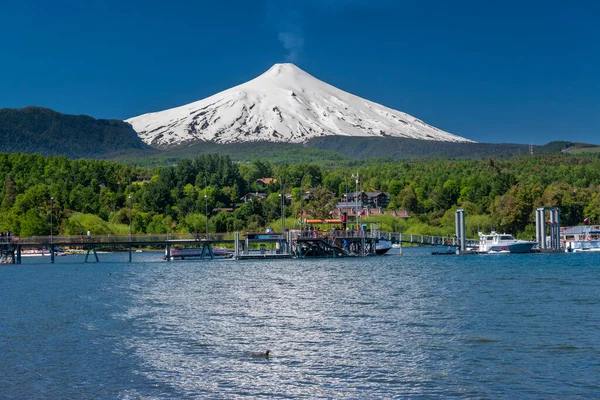
Indonesia’s famous volcanic island continues rebuilding itself through ongoing eruptions at Anak Krakatau, the new volcanic cone that emerged from the waters where the original Krakatoa stood before its catastrophic 1883 eruption. The growing volcano produces frequent explosive eruptions that add new material to the island while creating spectacular displays of lava bombs and ash clouds.
Boat tours from the Java and Sumatra coastlines provide safe observation points for viewing current volcanic activity, though conditions change rapidly based on eruption intensity. The site offers visitors the chance to observe island formation in real time as volcanic forces continue reshaping this historically significant location.
Villarrica

Chile’s Lake District features this snow-capped stratovolcano with a persistent lava lake in its summit crater that glows against the night sky above the surrounding landscape. The volcano produces regular strombolian eruptions that create fountains of lava visible from viewing areas in nearby Pucon and other lakeside communities.
Guided climbs to the crater rim provide experienced hikers with direct views into the active lava lake, though access requires appropriate mountaineering equipment and favorable weather conditions. The combination of glacial ice and active lava creates a dramatic contrast that makes Villarrica one of South America’s most photogenic active volcanoes.
Popocatépetl

Mexico’s ‘Smoking Mountain’ looms over Mexico City’s metropolitan area, producing regular ash eruptions and steam plumes that remind the capital’s 20 million residents of their proximity to active volcanism. The massive stratovolcano generates frequent explosive eruptions that create towering ash columns visible from over 100 miles away on clear days.
Observatory stations monitor the volcano continuously, providing real-time updates on activity levels that determine access to viewing areas in surrounding national parks. The volcano’s cultural significance to pre-Columbian civilizations adds historical context to modern observations of its ongoing eruptions.
Like Travel Pug’s content? Follow us on MSN.
Mount Erebus
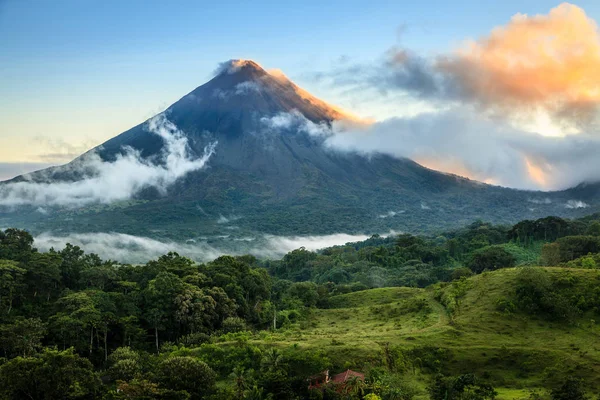
Antarctica’s Ross Island features the southernmost active volcano on Earth, with a persistent lava lake that has bubbled continuously for decades despite the surrounding polar environment. The volcano produces unique eruptions that hurl lava bombs onto the snow-covered crater rim, creating striking contrasts between molten rock and ice.
Research stations provide the only human presence near the volcano, though specialized Antarctic tours occasionally include overflights that reveal the active crater from safe distances. The extreme location and harsh climate make this one of the most challenging active volcanoes to observe, yet also one of the most unique due to its polar setting.
Arenal
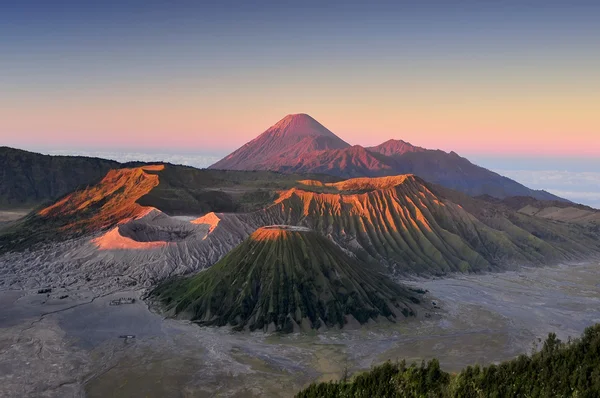
Costa Rica’s perfectly cone-shaped stratovolcano dominated the country’s adventure tourism industry for decades with spectacular nightly eruptions that sent glowing lava flows down its slopes. The volcano entered a quiet phase in 2010, though it remains officially active with potential for renewed eruptions at any time. Hot springs heated by volcanic activity continue operating around the volcano’s base, providing evidence of ongoing geothermal processes beneath the surface.
Viewing areas and hotels built specifically for volcano watching remain ready for renewed activity, while the surrounding national park offers hiking trails through old lava flows and secondary volcanic features.
Bromo

Indonesia’s East Java features this active crater within a larger volcanic caldera, creating a lunar-like landscape where visitors can observe ongoing volcanic activity from multiple vantage points. The volcano produces regular ash eruptions and maintains active fumaroles that create constant steam plumes above the crater rim.
Sunrise viewing from nearby Mount Penanjakan provides spectacular photography opportunities as morning light illuminates the active crater and surrounding volcanic landscape. Local Tengger people consider the volcano sacred and conduct annual ceremonies at the crater rim, adding cultural significance to geological observations.
Like Travel Pug’s content? Follow us on MSN.
Cotopaxi

Ecuador’s snow-covered stratovolcano rises nearly 20,000 feet above sea level, with a summit crater that occasionally produces ash eruptions visible from Quito, located 30 miles to the north. The perfectly symmetrical volcanic cone features glacial ice that would create devastating mudflows if major eruptions occurred, making monitoring of volcanic activity critically important for surrounding communities.
Clear weather provides opportunities for observing the crater from designated viewpoints in Cotopaxi National Park, though summit access requires mountaineering experience and appropriate permits. The volcano’s combination of equatorial location and high elevation creates unique conditions where tropical plants grow alongside glacial ice.
Hekla
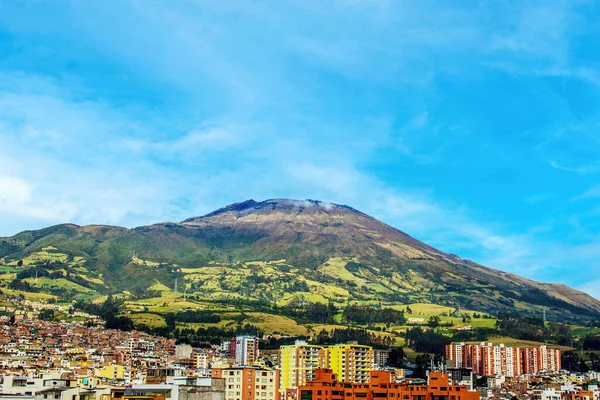
Iceland’s most famous volcano has erupted over 20 times since settlement began in 874 AD, earning medieval nicknames like ‘Gateway to Hell’ due to its frequent and explosive eruptions. The elongated volcanic ridge produces varied eruption styles, from gentle lava flows to explosive ash eruptions that can impact air travel across Northern Europe.
The volcano’s relatively accessible location allows visitors to hike to recent lava flows and observe ongoing geothermal activity during quiet periods between eruptions. Weather conditions in Iceland can change rapidly, making proper preparation essential for visitors attempting to observe this historically significant active volcano.
Galeras

Colombia’s Nariño region features this active stratovolcano that overlooks the city of Pasto, with a summit crater that regularly produces ash eruptions and maintains active fumaroles. The volcano’s proximity to populated areas requires continuous monitoring, with evacuation plans ready for residents living within potential danger zones.
Observation points outside the immediate hazard area provide safe viewing opportunities for watching ongoing volcanic activity, though access depends on current threat levels determined by Colombian geological authorities. The volcano’s location near the equator creates unique conditions where volcanic activity occurs in a tropical mountain environment surrounded by cloud forest ecosystems.
Like Travel Pug’s content? Follow us on MSN.
Living Geology in Motion
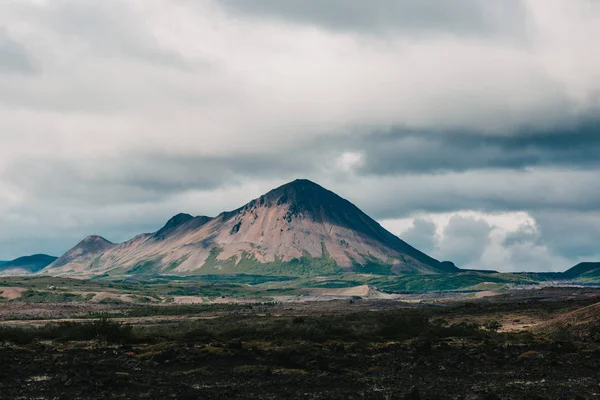
These volcanic islands demonstrate Earth’s dynamic nature, where new land continues forming while existing landscapes undergo constant transformation through ongoing eruptions. Each location offers visitors unique perspectives on active geological processes that have shaped our planet for millions of years.
Whether viewed from safe distances or explored through guided hikes to crater rims, these volcanic islands provide unforgettable encounters with the powerful forces that continue building and reshaping our world’s most dramatic landscapes.
More from Travel Pug

- 20 Best Beach Towns in the Carolinas
- 13 Destinations Where Tourists Regularly Regret Their Trip
- 20 Destinations That Are More Magical Without an Itinerary
- 20 Underrated Adventures That Belong on Your Travel List
- 20 Cities Where You Should Just Wing It, No Planning Required
Like Travel Pug’s content? Follow us on MSN.w us on MSN.N.
